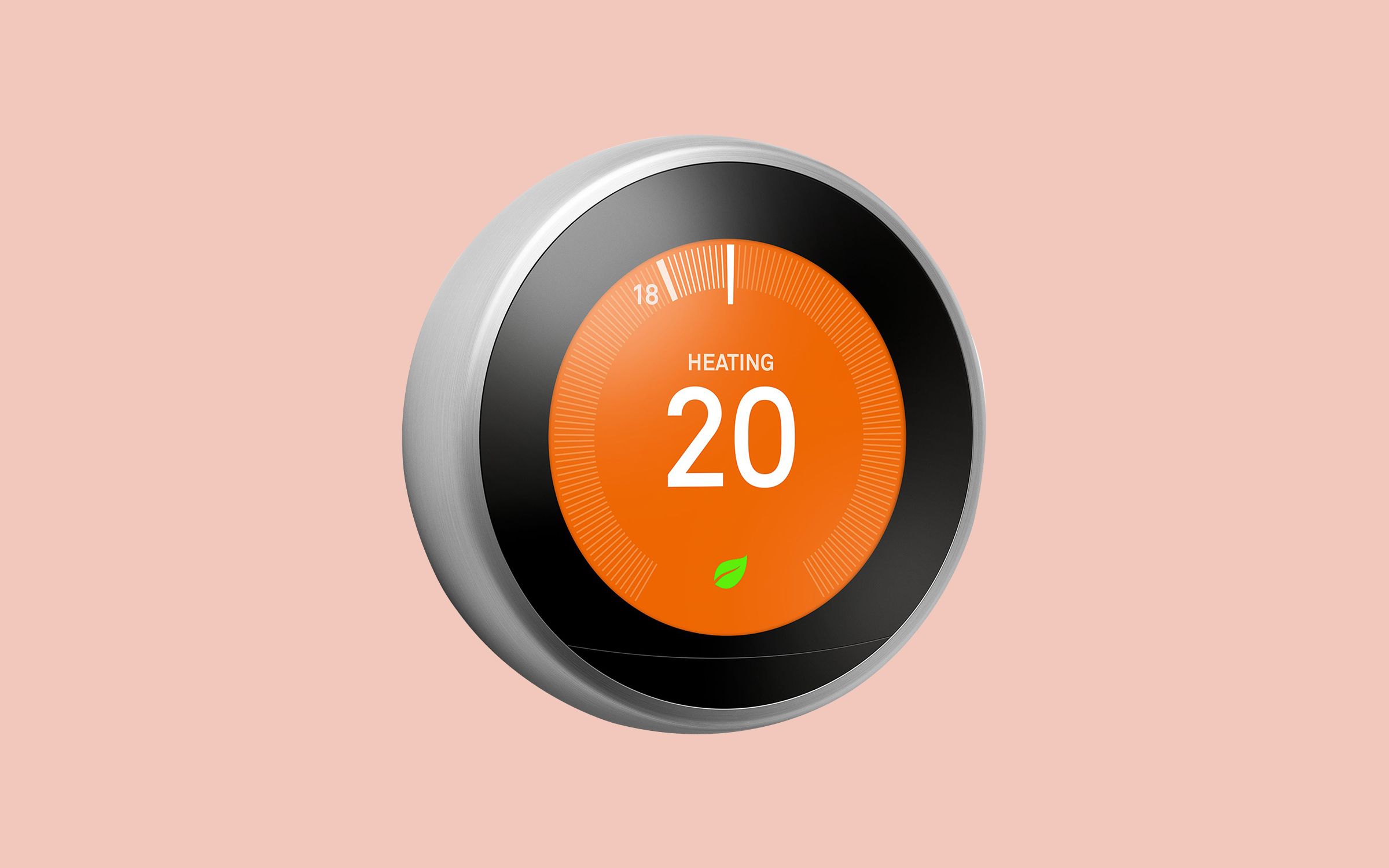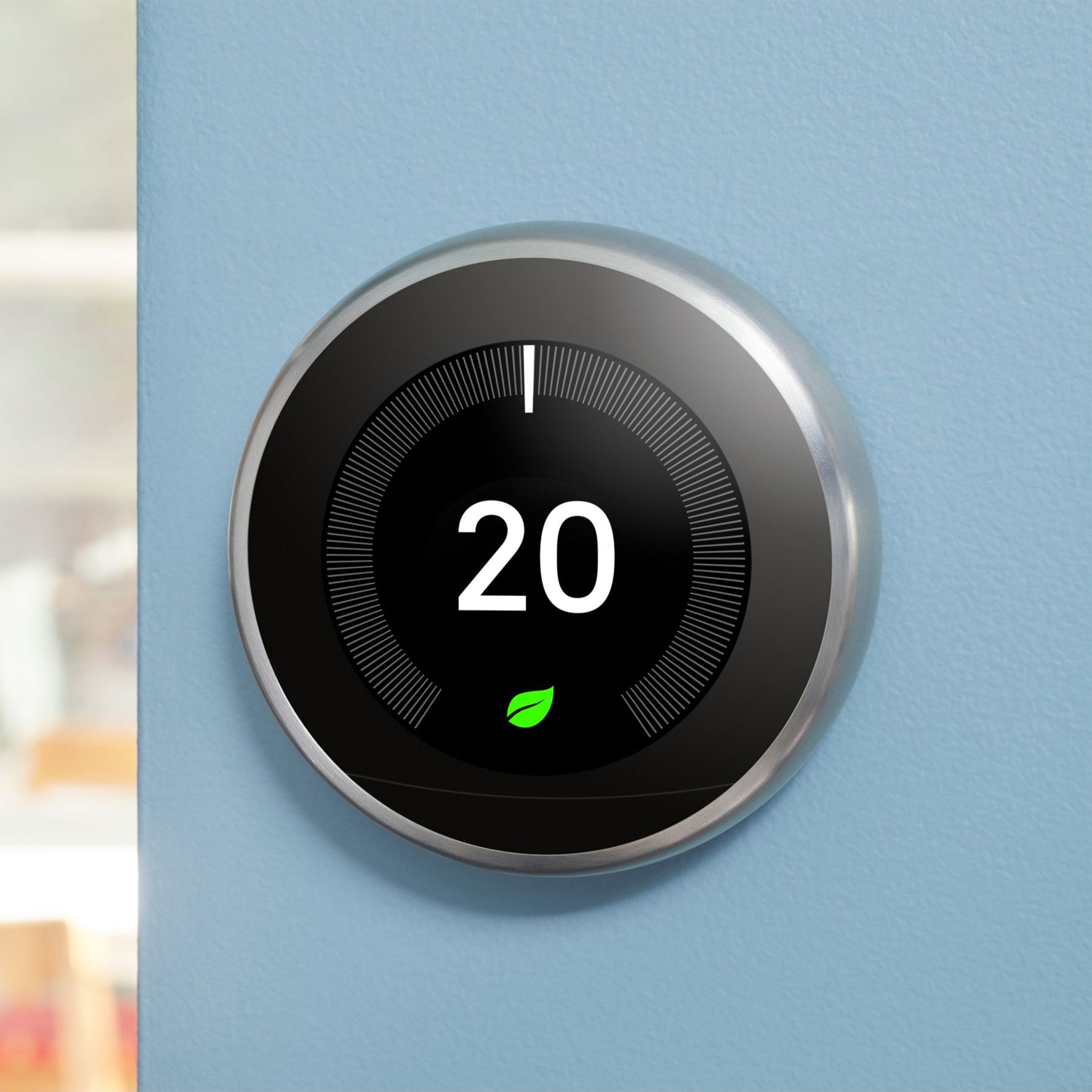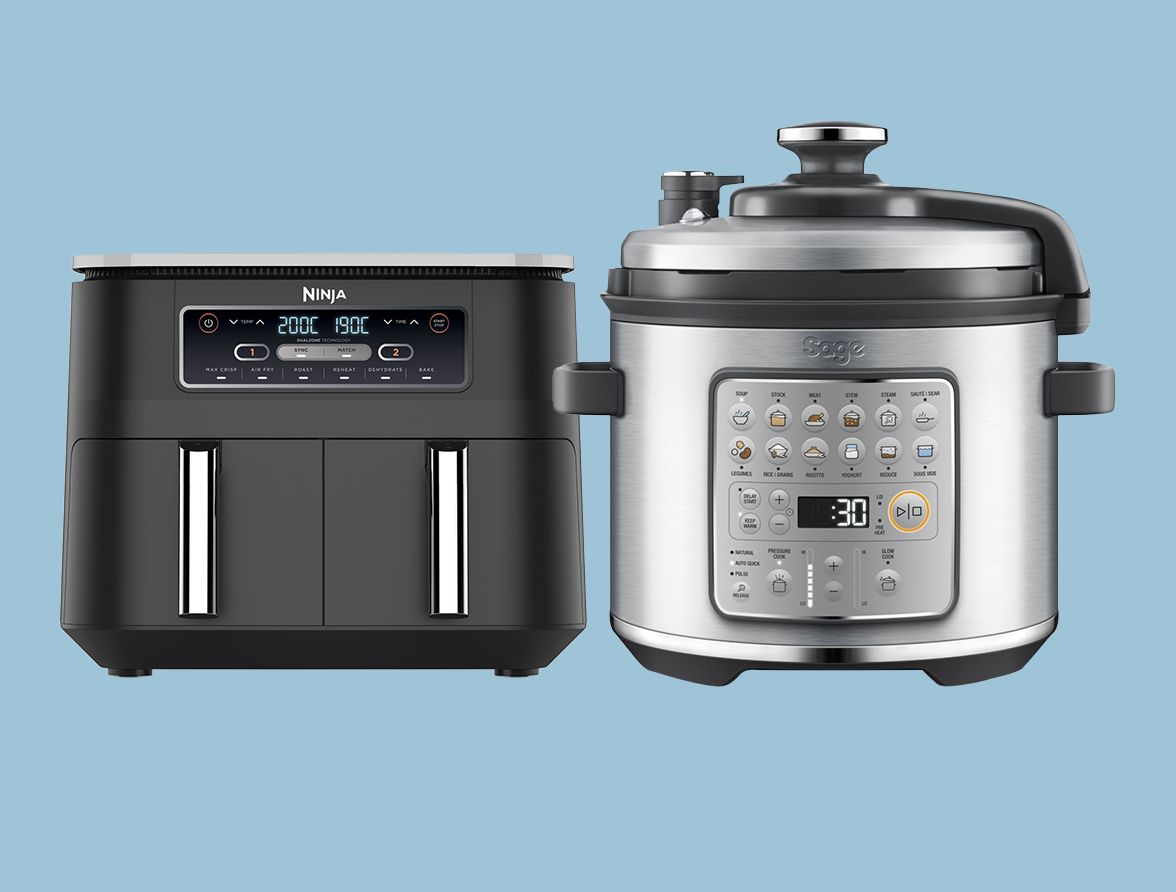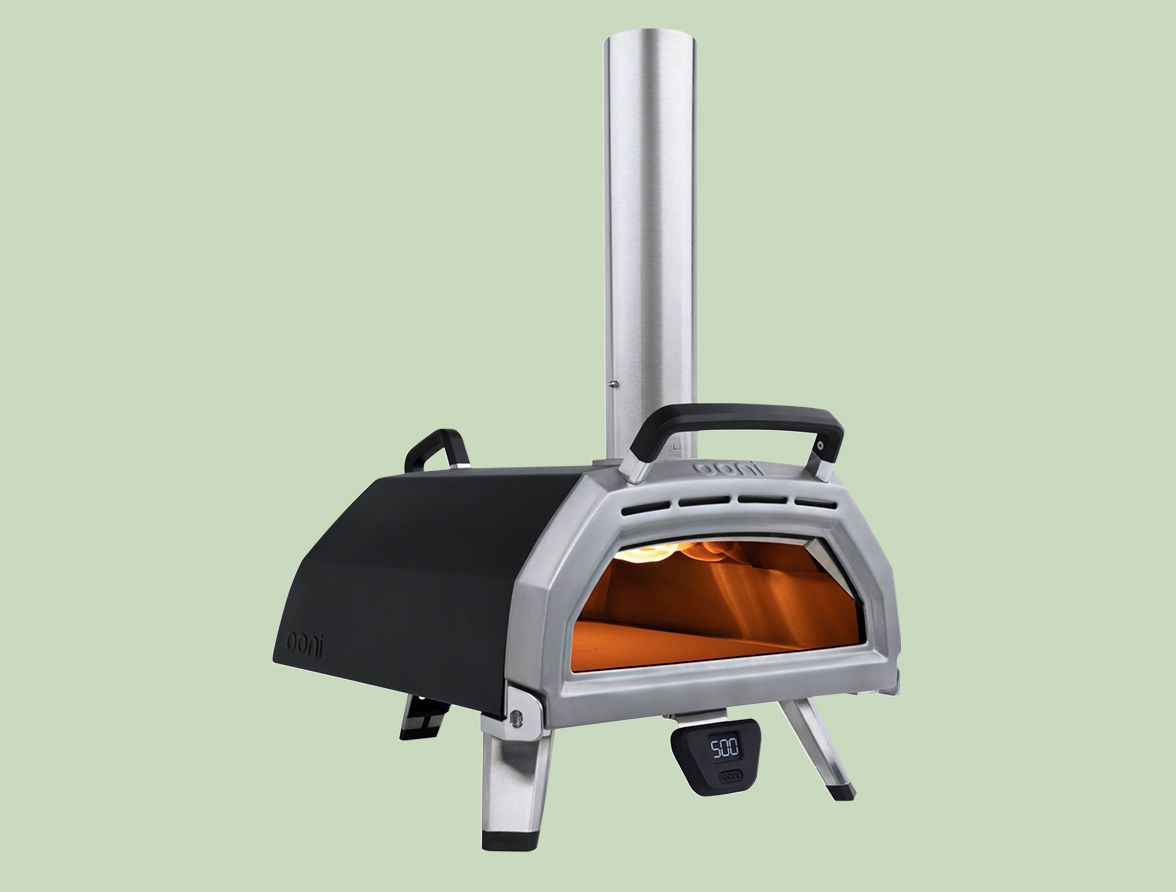Tried & Tested
Here’s why the Google Nest Learning Thermostat is a smart investment
Are you sweating over the cost of heating your home? Our editor tests if the Google Nest Learning Thermostat 3rd Generation is a hot buy this winter
If you are anything like me, you probably have a decrepit, yellowing plastic thermostat that was just there when you bought the house. Not only is it an eyesore, it probably has all the functionality of a (non-smart) light switch. And since it now costs nearly £1 for every hour your boiler is on, touching your thermostat is about as appealing as putting your finger in a mousetrap these days.
Indeed, with UK energy prices soaring and the cost of living crisis fast becoming the nation’s unwanted Christmas guest, people are grabbing any opportunity to save on heating bills.
According to experts at the Energy Saving Trust, setting your home thermostat temperature to between 18°C and 21°C could shave up to 10% off your heating bill this winter. But if your thermostat is basic (hello, on/off button), being clever about when you flick the switch can become a chore.
So, when we read that the Google Nest Learning Thermostat 3rd Generation could help Brits use between 8-16% less energy after a simple(ish) installation, we had to put it to the test*.
First things first, can a smart Nest thermostat actually save you money?
The simple answer? Yes. Upgrading your thermostat to a Nest model gives you more control over when you heat your home and how hot it actually needs to be.
Is it worth investing in the Google Nest Learning Thermostat 3rd Generation?
Again, yes, but not for the reason you might think (more on that later). We asked one of our in-house editors to install it, use it, and work out whether it would save them money. And it passed the test.
Which thermostat is better than the Nest?
There are plenty of other thermostat systems on the market, but the real question is which one will work best with your home’s heating, ventilation or air-conditioning system (HVAC). Depending on the construction, size and heating setup in your home, some smart thermostats may work better than others. The Tado Wired Smart Thermostat V3+, for example, is a very competitive alternative and has the additional benefit of working alongside Tado’s Add-on Smart Radiator Thermostats, allowing you to heat rooms individually.
What are the disadvantages of swapping to a smart thermostat?
Having had one for a couple of weeks, there are two key problems to address: the first is that having a smart thermostat makes you want to play with your new toy – and actually put the heating on. The motion detection display lights up every time I walk past it, goading me by flashing the word ‘off’. It should make me happy, but it would be nice to see that balmy orange background occasionally.
The second problem is that it isn’t necessarily a breeze to fit. You can do it yourself and Google includes some easy-enough-to-understand instructions that guide you through the process if you’re feeling game. But my cavalier declaration that ‘I could probably just do this myself’ wasn’t met with enthusiasm by my partner. Thankfully, for those of us who have never so much as rewired a plug socket, Google also offers up a network of pro fitters who you can book to do the job instead. This service cost me £87 and the whole system was set up in under 90 minutes.
Does the Google Nest Learning Thermostat 3rd Generation run on batteries?
No, the Google Nest Learning Thermostat 3rd Generation is powered by your existing HVAC system. If you’d prefer a battery-powered device, the Nest Thermostat E comes with two AAA alkaline batteries and can also be mounted on the wall or a stand.
How easy is it to set up?
If you’re good with apps and know your wifi password it should be a doddle. Like most things now, the first step is downloading the Nest app and creating an account. I’d recommend using your Gmail account (or creating one) because linking it up to Google’s Home app will also allow you to add other devices, including smart light bulbs and the Nest Protect Smoke and Carbon Monoxide Alarm, later on.
In the first instance, though, here are the modes you should turn on as soon as you’re up and running:
- Home/Away Assist This is probably the single most important feature to master in order to shave money off your bills during the cost of living crisis and beyond.
- Eco Temperatures Used to set a more energy-efficient, eco-friendly temperature, this function also enables you to turn the thermostat off to save extra pounds.
- Auto-Schedule This mode represents the ‘learning’ part of your Nest thermostat – it automatically assesses your behaviour, then creates a heating schedule to match.
- Time-to-Temp Estimate how long it will take for your home to reach your target temperature with this handy feature.
- True Radiant This function learns how long your system takes to heat up, then enables you to limit that pre-heating time. Genius.
- Sunblock A small but important feature, Sunblock recognises whether your thermostat is in direct sunlight and adjusts your temperature accordingly.
Why does my Nest thermostat say ‘in 2 hours’?
Part of a feature called Time-to-Temp, this initially confused me too, but it’s actually quite a smart little feature. When you set the temperature, your thermostat automatically remembers how long it will take to heat up your house. As a result, this information gives you a pretty good indication of how long you actually need to have your heating on to reach your desired temperature, and allows you to forward plan more efficiently – and cost effectively.
Final verdict?
Once the ‘learning’ features kick in, you can put your heating on autopilot. Heating your home only when you need to is a game changer, especially right now when people are starting to feel the pinch due to rising heating costs.
Read our dedicated guide to learn more about how you can save energy (and money) with smart home tech.
*As with all of our Tried & Tested product reviews, John Lewis was not paid by the brand to write about this product










